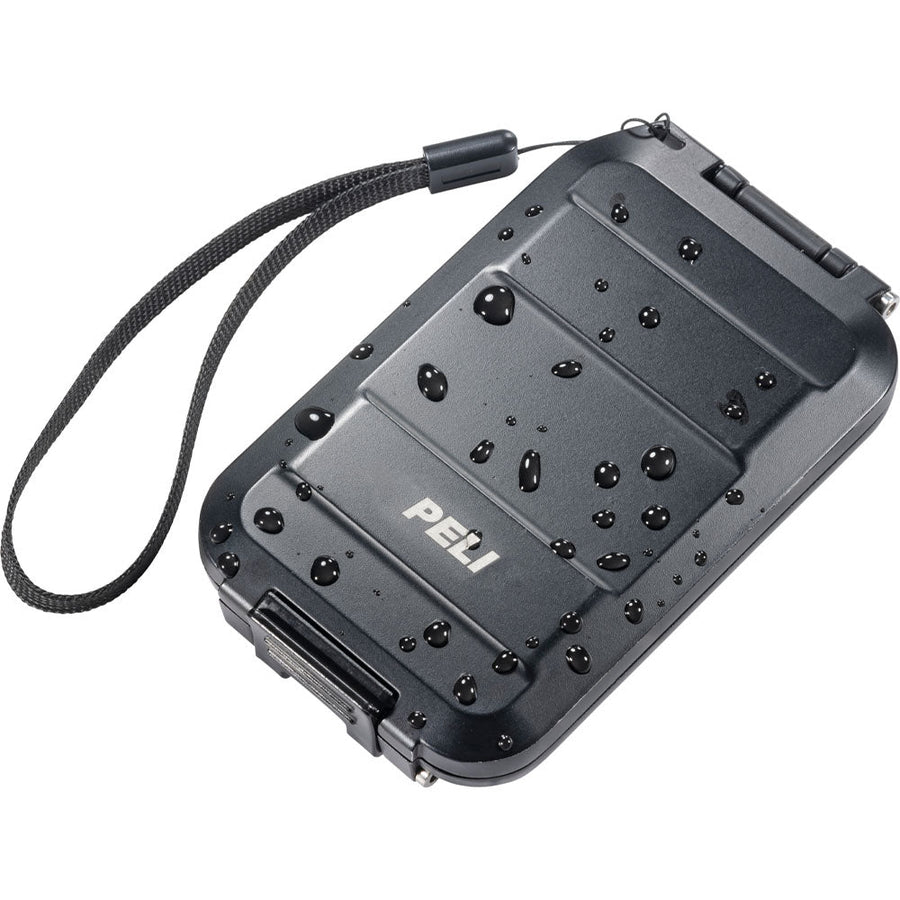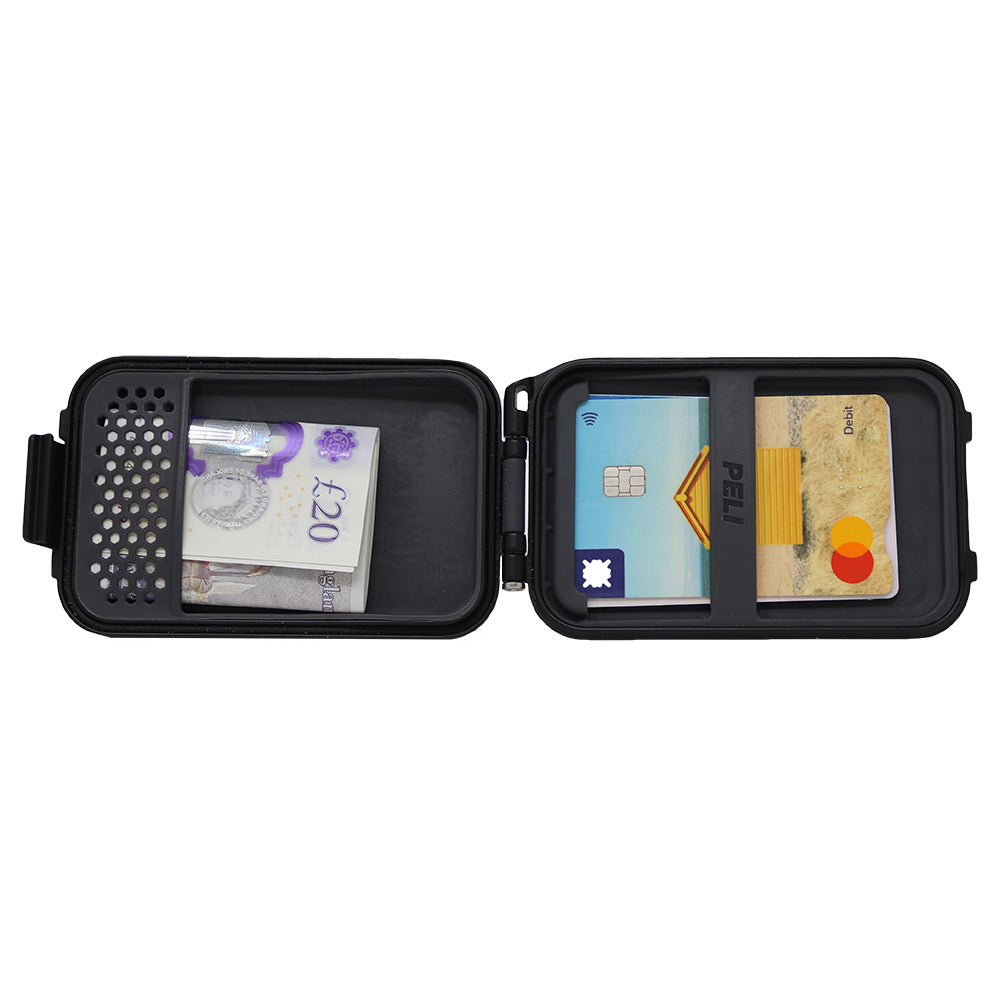What's the difference between spotlights and floodlights?
Knowing the difference between spotlights and floodlights is crucial when assessing which you need for your particular project. To the uninitiated, it can seem like there's very little difference between them, but in fact, the two different types of lights offer very distinct functionality. That's why it's so important to learn the subtle differences that mark them apart from each other.
The main difference between spotlights and floodlights is the beam angle. Confused? Let us explain.
What is a Beam Angle?
A beam angle (sometimes referred to as a beam pattern) is a measurement of the angles that are formed between a light's brightest point and the respective points on either side whereby the light's intensity is measured at 50% as bright.
A larger beam angle translates to a broader spectrum of light across a surface area, and a smaller beam angle signifies a much narrower beam of light. Those narrower beams are often referred to as spot beams, and those with much wider angles are deemed flood beams (hence the names).
What's the Difference Between Spotlights and Floodlights?
Spotlights are usually defined as lights with beam angles of no wider than 45 degrees, whereas floodlights are typically categorised by beam angles of 90 degrees and above.
With a spotlight, users can almost "point and shoot" the beam of light at specific objects to better illuminate them. Since the beam is much narrower, the illumination is much more concentrated than its floodlight counterpart. Floodlights, on the other hand, cast light over a much larger space without necessarily using any more power or wattage than a spotlight.
Your choice between which of the type of light you use will depend primarily on your needs.
Spotlights vs. Floodlights Use Cases
Spotlights are both agile and brilliant for lighting up specific objects. That's why they are the light of choice for musical and theatrical performances. They are particularly adept at following performers as they move across a stage, giving the audience a much better view. However, they are just as suitable for illuminating static objects such as artwork or sculptures.
When it comes to lighting large surface areas, such as the outside of your home, large warehouses, construction projects, or car parks, floodlights are the light of choice. Perhaps the most obvious use of floodlights is in the sporting stadiums up and down the country. By including hundreds of floodlights on stanchions high above sports pitches, both players and spectators can enjoy uninterrupted fields of vision, thanks to 100% illumination of the playing surface.
Are Spotlights and Floodlights Exclusive of Each Other?
In short, no. The beam angle depends a lot on the bulb. Some bulbs can look identical but emit completely different beam angles, whereas other lights are capable of providing distinct spotlight and floodlight settings whilst using the same bulb. That's particularly the case when referring to products that make use of LED lighting technology.
Some torches in the Peli range such as the 5050R feature ‘flood to spot technology’, that allows the user to switch between modes by adjusting the beam angle.

Take Advantage of the Latest LED Technology to Light Your Next Project
Here at Peli UK, we stock a wide range of rechargeable, portable floodlights which are perfect for a variety of uses. Whether you're looking to carry out night-time construction, or you require lighting for working in a remote area, our equipment can provide the illumination you need to carry out work safely. From shoulder carry to wheeled and elevated designs, we have a floodlight to match your needs.
If you have any questions pertaining to our lighting products, simply contact a member of our team for more information.






Leave a comment